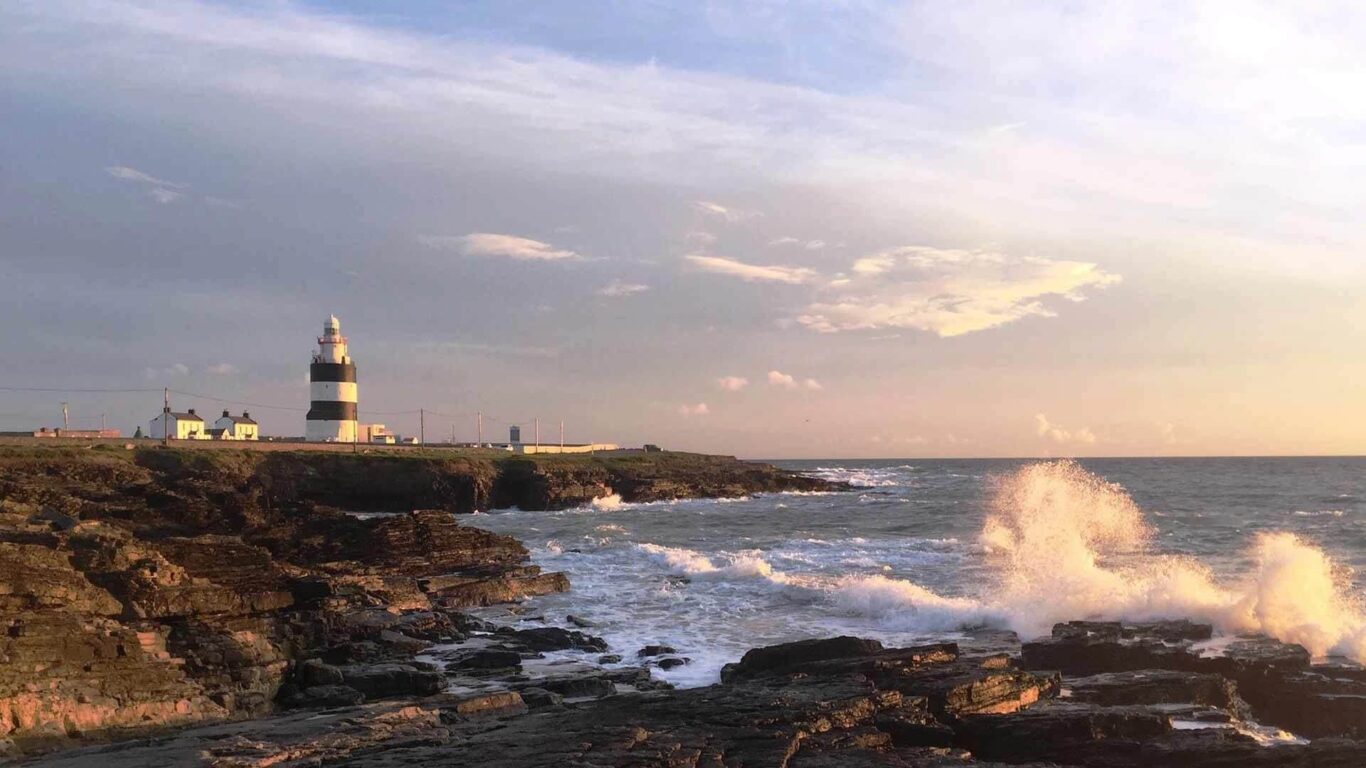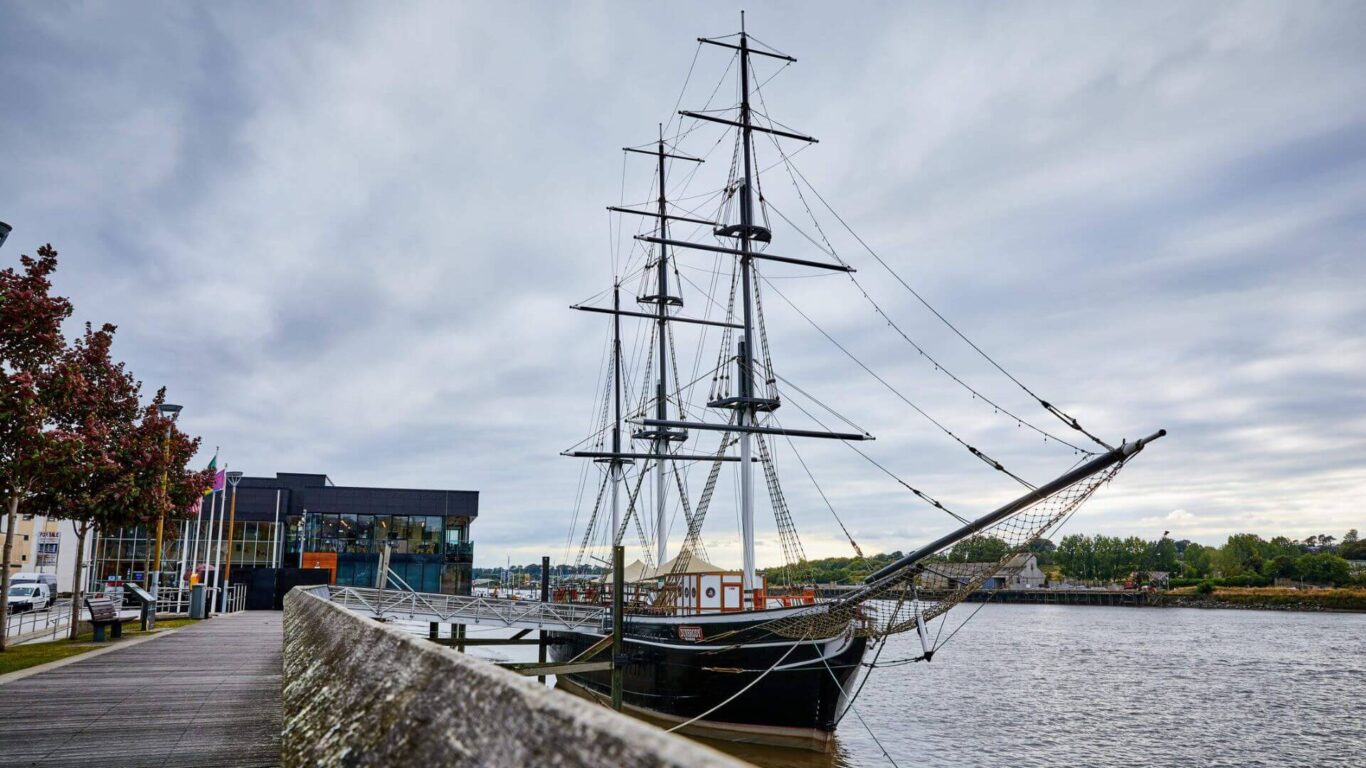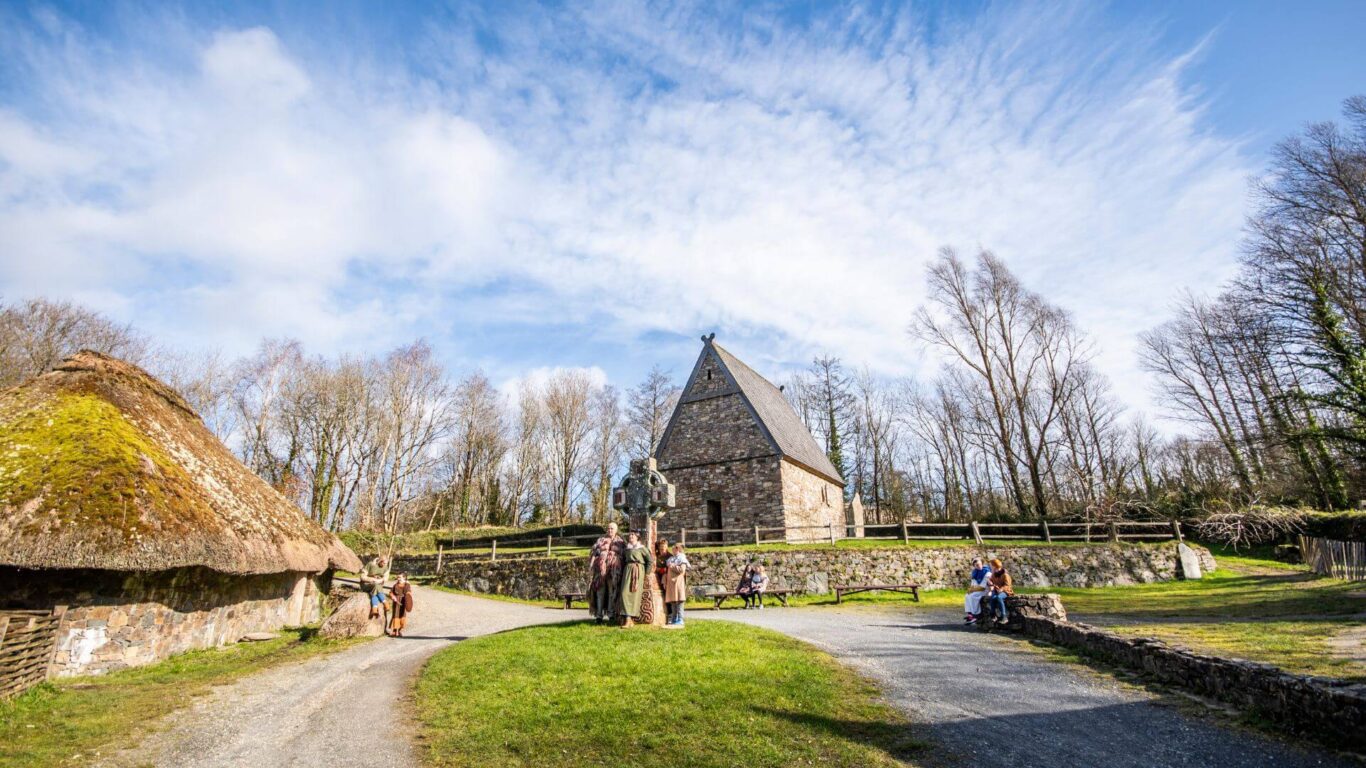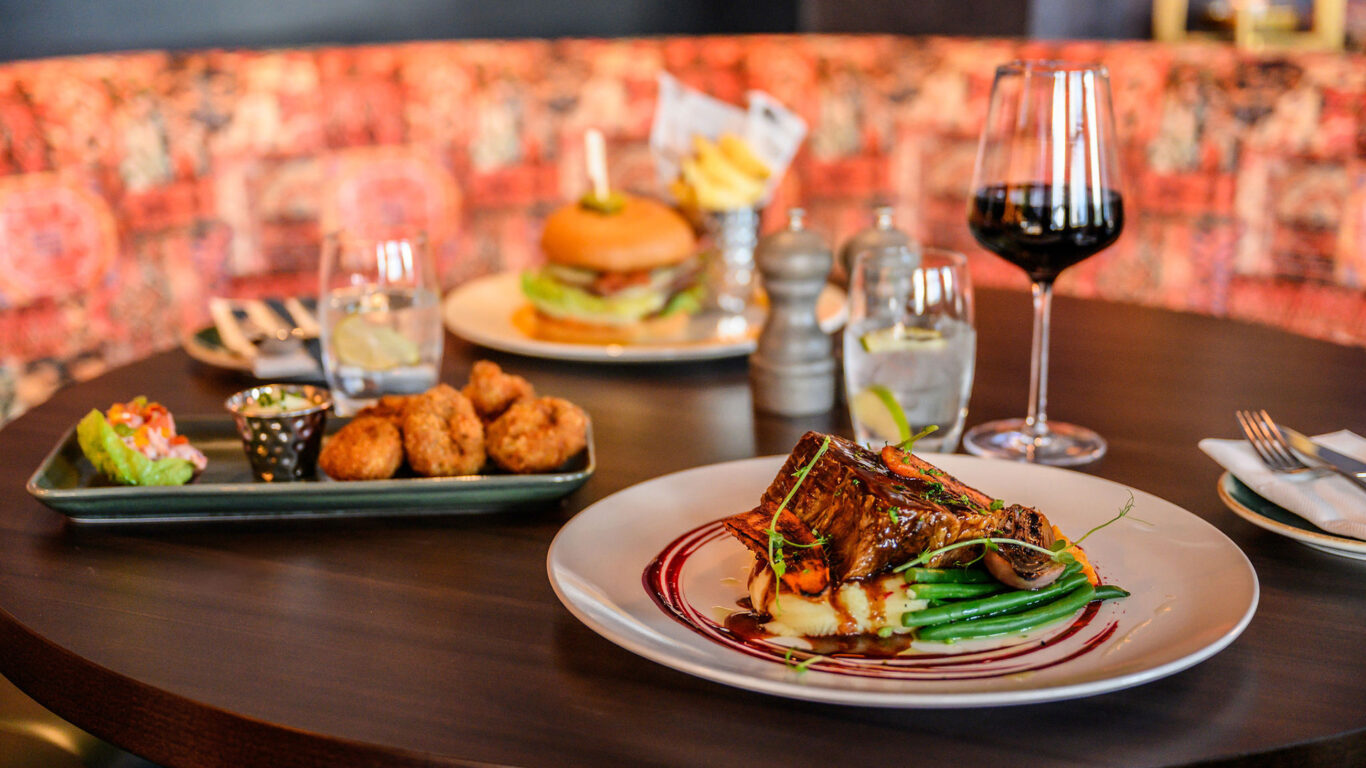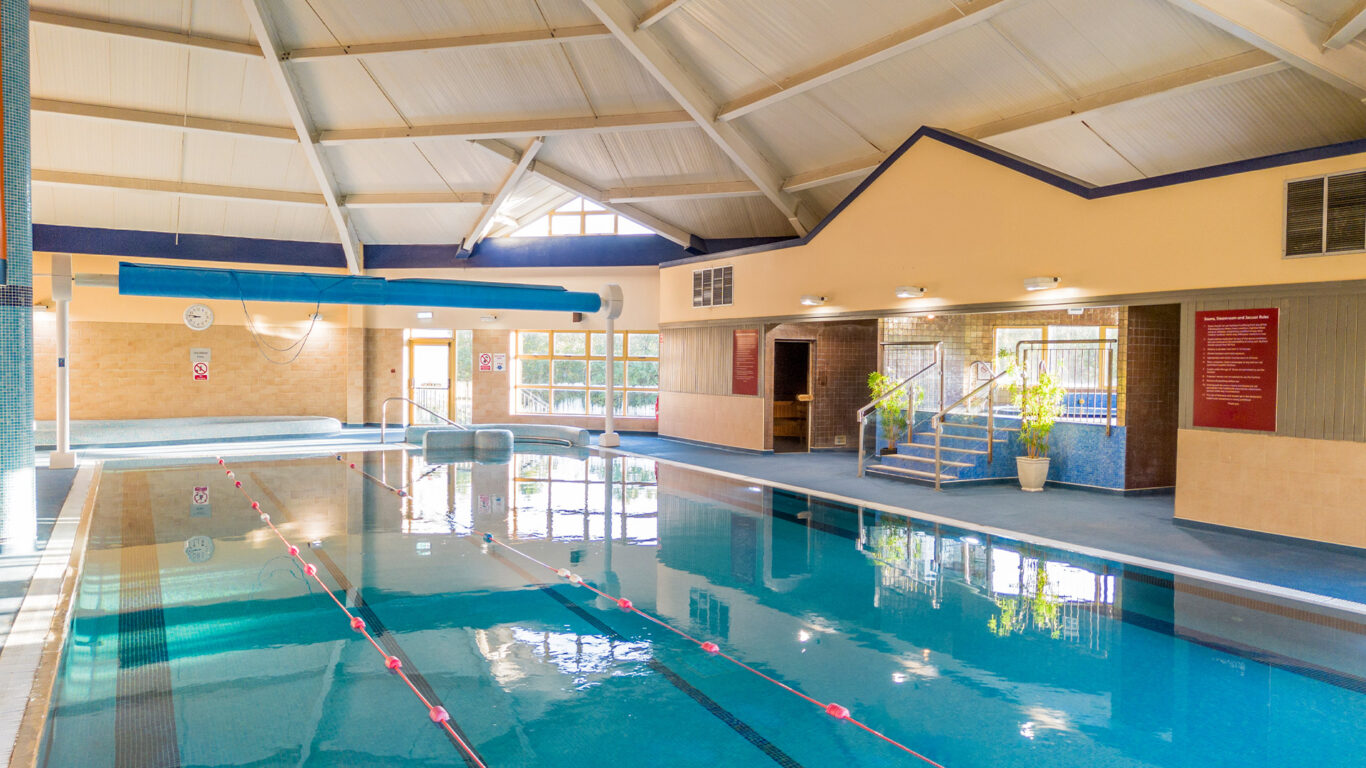Visit Ireland's Ancient East
From Newtown Park Hotel
Step into a land of legend, history and timeless beauty as you explore Ireland’s Ancient East during your stay at Newtown Park Hotel. Wexford and its surrounding regions are home to some of Ireland’s most fascinating historical sites, from ancient castles and Viking settlements to grand estates and centuries old ruins, offering an unforgettable journey through time.
Ireland’s Ancient East
Begin your journey at Johnstown Castle, a breathtaking Gothic Revival estate with stunning gardens, tranquil lakes and the Irish Agricultural Museum, where Ireland’s rural past comes to life. Step back in time at the Irish National Heritage Park, where 9,000 years of history unfold through interactive exhibits, reconstructed settlements and hands on activities like archery, falconry, and archaeological digs.
At the Dunbrody Famine Ship in New Ross, experience the moving story of Irish emigrants who journeyed to the New World during the Great Famine. This immersive tour, complete with costumed guides and a full-scale replica ship, offers a powerful glimpse into Ireland’s past.
Explore the 13th century Enniscorthy Castle, a Norman stronghold that has witnessed everything from Viking invasions to the 1798 Rebellion. Nearby, The Kennedy Homestead shares the story of John F. Kennedy’s Irish roots, tracing the family’s legacy from Wexford to the White House.
For a mix of history and outdoor adventure, visit Wells House & Gardens, where fairy trails, an adventure playground and Victorian house tours make for a magical family day out. Then, take in the breathtaking scenery along the Hook Peninsula, home to the iconic Hook Lighthouse, one of the world’s oldest operational lighthouses.
With so many historical gems to explore, Ireland’s Ancient East promises an unforgettable journey through time, all within easy reach of Newtown Park Hotel, your perfect base for adventure.

Heritage & Culture
An age-old gateway into Ireland, County Wexford is steeped in history dating back to the Stone Age, over 6,000 years ago.
READ MORE